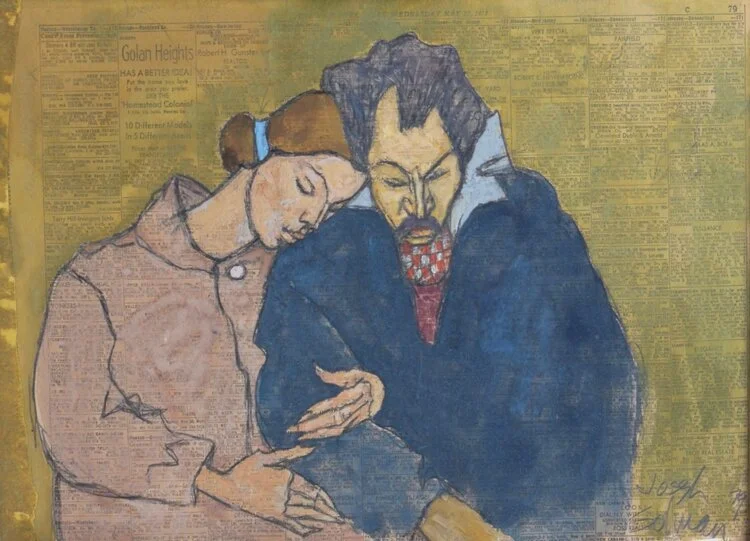Falling up in Fayette County
I traveled to Fayette County, PA, on the W. Virginia border, recently. I saw pie-sized mayapple leaves gleaming in emerald patches across the clear forest floor. Rhododendrons and mountain laurel, native plants here, twisted in masses beneath a just-budding tree canopy. I saw a rocky spring where twenty-one year old George Washington camped. Faded and fraying Trump 2020 flags flew from porches with more fight than the buildings had to stand.
This is where young George Washington fumbled. Washington had been sent to this area with the Ohio Company of Virginia to tell French groups that the western edges of the colonies were British, and they had to leave. King George II was still his boss. Washington didn’t speak French. He didn’t understand his native guides’ complexities, and he didn’t know how to build a fort.
In the first French encounter, Tanaghrisson, a fractional native partner of the British, put a hatchet into the head of the French emissary Jumonville, to avenge his own father’s murder by French hands, before Washington could even say hello. Soon after, Jumonville’s brother started marching a French army from Fort Duchesne, near today’s Pittsburgh, towards Washington’s men.
To prepare, Washington built a clumsy fort called Fort Necessity that flooded in heavy rains, soaking the men and making a mudhole of their shelter. The French easily surrounded it. Washington’s men gave up and got drunk on the last of the stored rum.
Strangely and generously, the French halted the attack, and instead said to Washington, “sign this and we’ll leave.” George signed a “we surrender” document, and an admission that it was all his fault, and thereby started the French-Indian War. Again, he didn’t speak French.
This area is so undeveloped that it’s easy to look across mountains, through forests, and imagine young George Washington a little amazed to find himself leading this effort. It’s easy to imagine Tanaghrisson’s ease in these woods, and the silence in which he held the heartbreak of his father’s murder. The crude road Washington created to transport troops and equipment, and the road the French then used for a facile attack, still rises clearly up into the woods from the paved National Park route. This history all feels very close.
The next year Washington returned with the English General Braddock, both still representing the Ohio Company, this time to attack Fort Duchesne. Braddock was wounded in that battle, and died three days later in retreat, just two miles from the bedeviled Fort Necessity.
Frank Lloyd Wright’s magnificent Fallingwater is just twelve miles up the road from Fort Necessity. I visited there, too, and felt as awed as I was at Notre Dame Cathedral. And yet the story of the Kaufmans who built it - a department store owning family that represented halcyon days of American prosperity - also holds sadness. Infidelity and depression plagued them. Fallingwater is an architectural temple but it was also a family home. The house today says both things.
As one of his first jobs as President, Washington had to return to Western Pennsylvania to cancel the Whiskey Rebellion. The new government had levied its first taxes to pay heavy debts, and grain farmers there didn’t want to pay. They didn’t want to pay taxes to England, so why should they pay taxes to this new government? Washington himself led the army, a visual message to the farmers that the new federal government was serious. This was the first and only time the U.S. turned an army on its own people.
I’m not sure why but all those Trump 2020 flags here somehow feel connected to this history.
Maybe part of what feels important in Fayetteville is that this is a place where things fall up. George Washington became, well, George Washington, after this terrible falling. Fallingwater is a masterpiece.
I traveled here with my daughter so she could learn how to navigate the land with just a map, compass and protractor. Erik Kulick, founder and director of True North Wilderness Survival School, led a gang of twelve military people into the woods from a rest stop in the Quebec Run Wild Area each morning for three days, teaching them how to find their ways in the world without an iPhone.
I dropped her off, and then plugged “George Washington” into the GPS on my phone, plotting my own journey everyday.
If you got this far in this post, know that I have written it because this part of America feels magnificently beautiful, complicated, human, hard to explain. It feels as authentic an American story as there is, much more American than the star spangled banner version. Plug in the coordinates for Fayette County, and find it.




